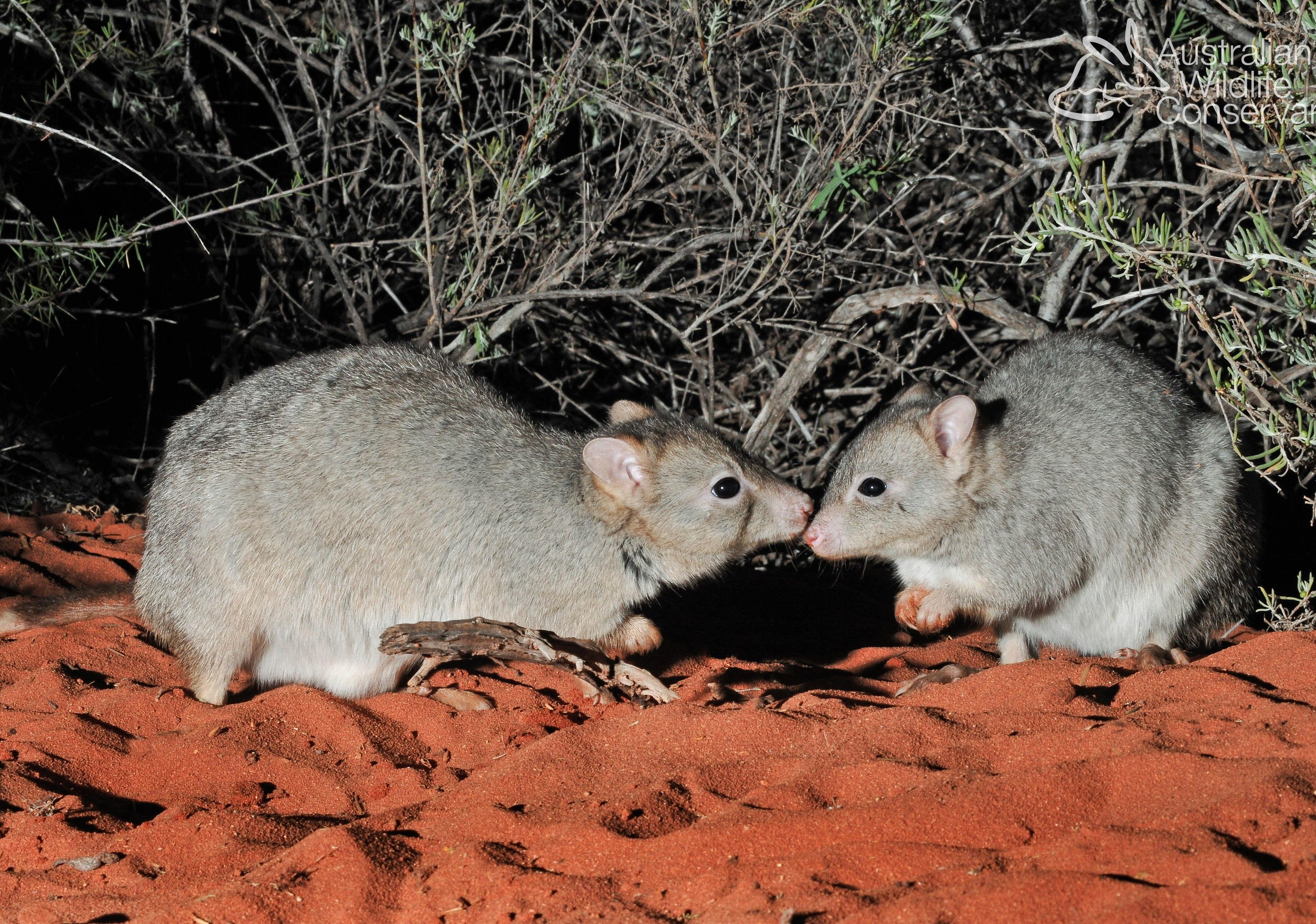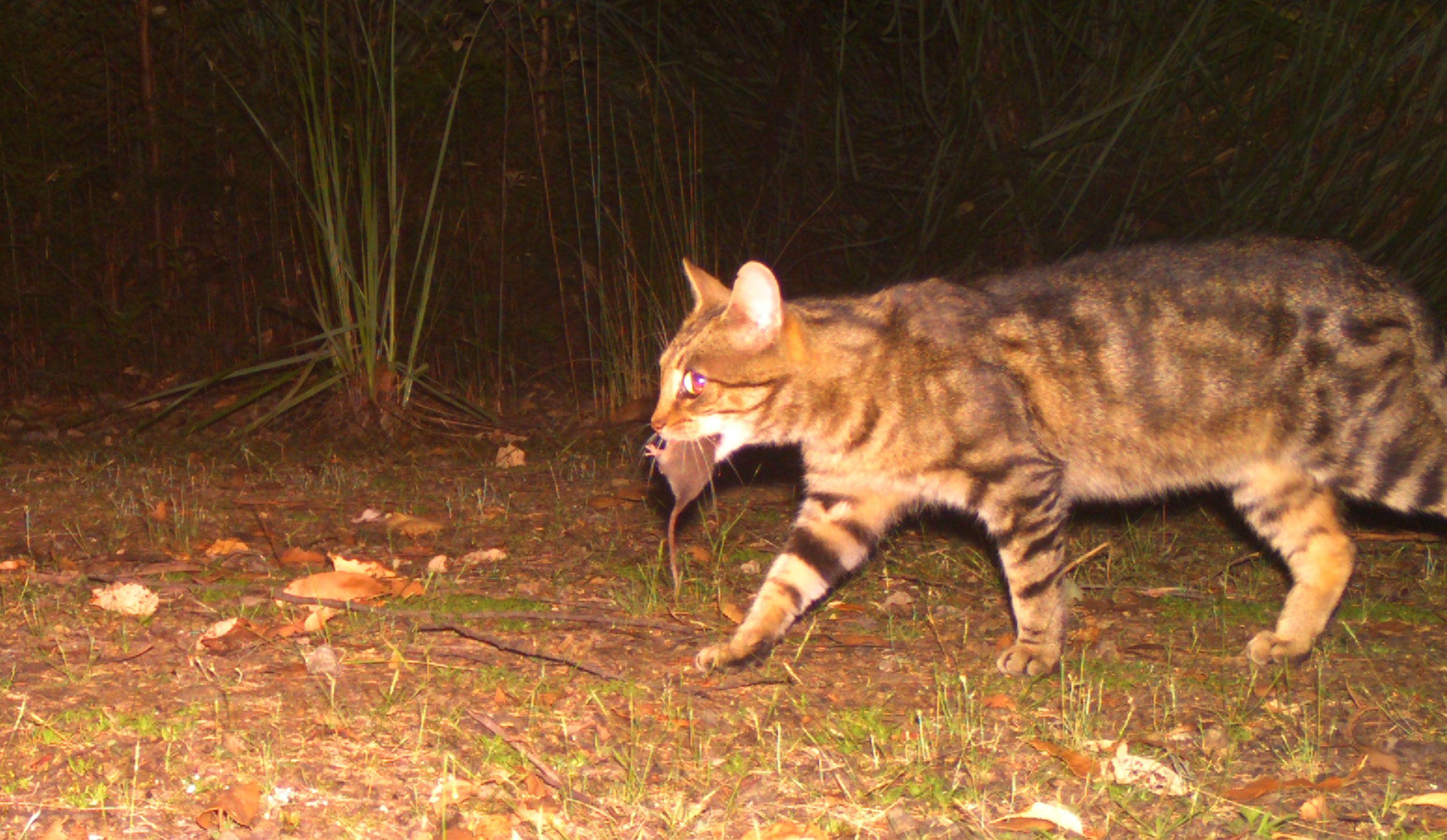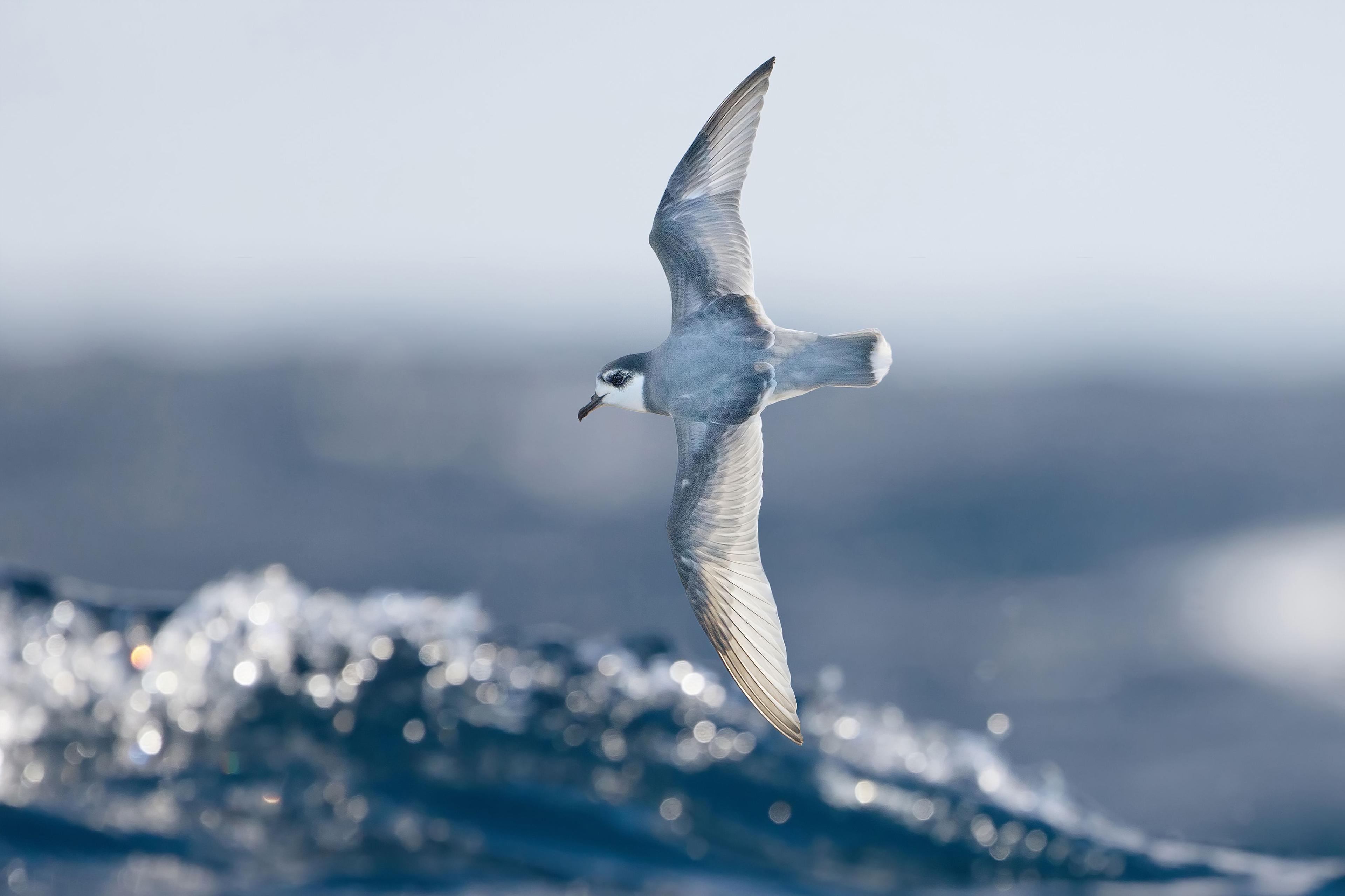Draft national plan to tackle feral cats an important milestone

Burrowing Bettong (Bettongia lesueur). Image: Wayne Lawler, Australian Wildlife Conservancy
Media Release
12 September 2023
A new draft plan to tackle the impacts of feral cats across Australia has been endorsed by leading conservation experts.
The Federal Environment Minister Tanya Plibersek has released the draft of the new Threat Abatement Plan (TAP) for predation by feral cats for public comment. Following a period of public consultation and review, the plan will supersede the existing 2015 plan and aims to guide and coordinate national efforts to reduce the impacts of feral cats on native wildlife.
The Biodiversity Council believes the new draft plan to be scientifically robust and well designed to improve outcomes for at-risk native wildlife, and is calling for it to be adopted in full.
The Biodiversity Council was founded by 11 Universities and brings together leading Australian experts to raise awareness of Australia’s biodiversity crisis and to promote evidence-based solutions.
Biodiversity Council Acting Executive Director James Trezise:
“Cats are one of the principal factors driving the decline of Australia’s distinctive and wonderful wildlife. Cats kill more than 6 million native animals in Australia each day, and are a key risk to 200 threatened species and 37 migratory species.
“We are really happy with the detail of this draft plan. It is evidence-based and effectively and strategically prioritises actions that will have the greatest impact.

Feral cat with pygmy possum. Image: BW Brook and JC Buettel, University of Tasmania
“It is critical that the final approved plan is strong, and for the government to fully fund its implementation. This can’t be another plan that gathers dust on a shelf.
“We will also need to see political support for the policy changes needed to harmonise companion animal legislation and enable the full suite of control tools to be deployed across the country.
“We know cats are the tip of the iceberg when it comes to biodiversity loss, but If all Australian governments get behind and fund this plan it will be a major step forward to protect Australian wildlife and achieve our global commitments to end extinctions.”
Biodiversity Council members Professors Sarah Legge and John Woinarski contributed to the development of the plan.
Professor Sarah Legge, The Australian National University: “The plan’s objective is to improve outcomes for native species whose populations are vulnerable to cats; this includes species like numbats, bettongs, bandicoots and island-nesting seabirds.

Blue Petrel. Image: JJ Harrison CC BY-SA via Wikimedia Commons
“The plan was informed by extensive consultation with Indigenous ranger groups and First Nations organisations around the country, with members of the national Feral Cat Taskforce, and with threatened species and cat management experts.
“There have been some significant successes achieved since the 2015 plan, and the new plan builds on those.
“Many of Australia’s last strongholds of threatened species that are vulnerable to cats, like great desert skinks, bilbies and night parrots, occur on Indigenous Protected Areas and other Indigenous-managed land.
“The plan outlines practical support that Indigenous rangers have said that they want to manage cats.”
Professor Woinarski, Charles Darwin University: “Cats have long been one of the major factors driving decline of biodiversity in Australia, and national-scale coordination and local level implementation are essential to help reduce the ongoing predation pressure posed on wildlife by feral and domestic cats.
“Controlling cats is challenging, so the plan is strategic and prioritises the places and species that may most benefit from control efforts and where benefits will be the longest-lasting.
“This includes cat eradication on islands and within fenced conservation areas, where cats from surrounding areas cannot quickly recolonise the area. These projects are critical for the native species, such as stick-nest rats and mala, that can’t persist even with a very low density of cats.
“The plan also prioritises ongoing cat control in areas with important populations of threatened species that are highly vulnerable to cats, but can persist as long as cat numbers are held low.
“This approach is valuable for species such as rock-wallabies, which live in relatively small, well-defined areas; or for mammals of south west Australia, which can be protected from cats and foxes by annual poison baiting programs.
“Reducing cat impacts across very large areas can be achieved by improving habitat management.”
Cat predation is just one of 22 legally recognised threats to Australia's native species and ecosystems which have been listed under Australian Environmental Law. The development and implementation of Threat Abatement Plans is an important step in addressing these threats. There are currently plans in place for 13 of the listed threatening processes.













